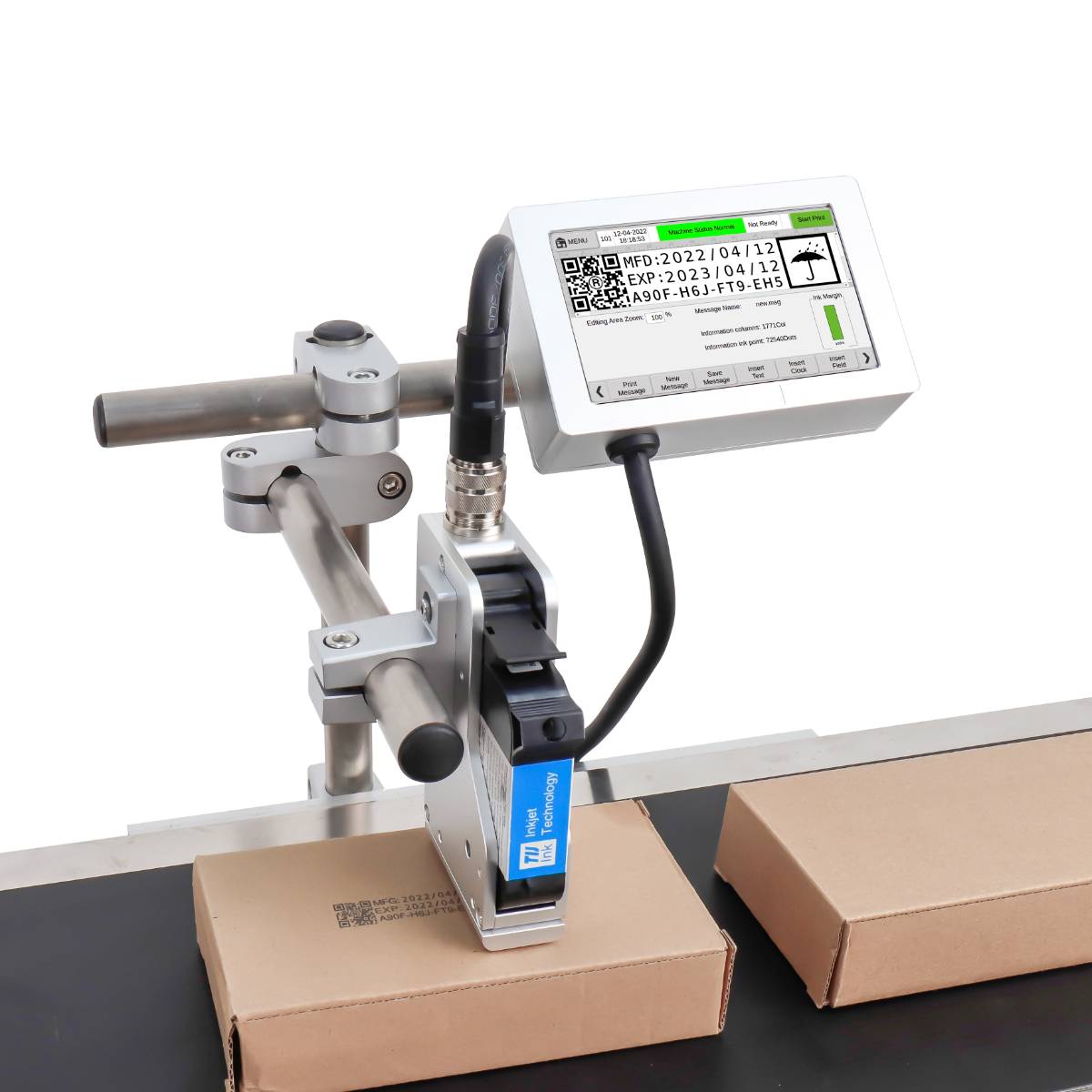Understanding Thermal Inkjet Technology
Thermal inkjet technology is a non-impact printing method that involves the use of tiny droplets of ink expelled onto the printing surface. It relies on thermal energy to heat the ink and create the necessary pressure for droplet ejection. This technology enables precise and controlled placement of ink droplets, resulting in high-resolution prints.

How Thermal Inkjet Printers Work
Thermal inkjet printer consist of a print head with a series of microscopic nozzles. These nozzles are heated rapidly using a tiny heating element. As the ink within the nozzles heats up, it forms a vapor bubble, which forces an ink droplet out of the nozzle and onto the paper or other printing substrate. This process repeats for each required dot, creating the desired image or text.
High-Quality Prints with Exceptional Detail
One of the primary advantages of thermal inkjet printers is their ability to produce prints with exceptional detail and clarity. The precise control over the ink droplets allows for sharp lines, smooth gradients, and accurate color reproduction. Whether it's text documents, vibrant photographs, or intricate graphics, thermal inkjet printers deliver stunning results.
Versatile and Wide Range of Applications
Thermal inkjet printers are incredibly versatile and find applications in various industries and settings. They are commonly used for printing documents, reports, marketing materials, labels, and packaging. Moreover, these printers excel in photo printing, producing lab-quality prints suitable for personal or professional use. The versatility of thermal inkjet printers makes them a valuable tool for businesses and individuals alike.
Cost-Effective and Efficient Printing
Thermal inkjet printers offer cost-effective and efficient printing solutions. They typically have lower upfront costs compared to other printing technologies, making them more accessible to small businesses and home users. Additionally, thermal inkjet printers are designed to be highly efficient, utilizing ink cartridges efficiently and minimizing ink wastage. This efficiency translates to lower printing costs in the long run.
User-Friendly and Easy to Use
Another significant advantage of thermal inkjet printers is their user-friendly nature. These printers are designed with ease of use in mind, featuring intuitive controls and interfaces. The installation process is straightforward, and most thermal inkjet printers offer plug-and-play functionality. Whether you are a seasoned professional or a novice user, operating a thermal inkjet printer is a hassle-free experience.
Compact and Space-Saving Design
Thermal inkjet printers are known for their compact and space-saving design. They are generally smaller and lighter compared to other types of printers, making them ideal for environments where space is limited. Whether it's a home office, small business, or classroom, thermal inkjet printers can fit comfortably on a desk or a shared workspace without compromising on performance.
Environmentally Friendly Printing
Sustainability and environmental consciousness are increasingly important considerations in today's world. Thermal inkjet printers contribute to eco-friendly printing practices. These printers consume less power compared to other printing technologies, reducing energy consumption and carbon footprint. Additionally, thermal inkjet printers generate minimal waste, thanks to their efficient ink usage and lack of impact printing mechanisms.
Comparison with Other Printing Technologies
When comparing thermal inkjet printers with other printing technologies like laser printers or dot matrix printers, several distinctions become apparent. Thermal inkjet printers excel in producing high-quality prints with exceptional detail, making them a preferred choice for photo printing and graphic-intensive applications. Laser printers, on the other hand, are known for their fast printing speeds and precise text reproduction, making them suitable for high-volume text-based printing.
Conclusion
Thermal inkjet printers have revolutionized the printing industry with their high-quality prints, versatility, cost-effectiveness, and user-friendly nature. These printers have found their place in homes, offices, and various industries, catering to a wide range of printing needs. With their exceptional detail, efficient operation, and compact design, thermal inkjet printers continue to be a popular choice for individuals and businesses seeking reliable and high-performance printing solutions.
评论
发表评论